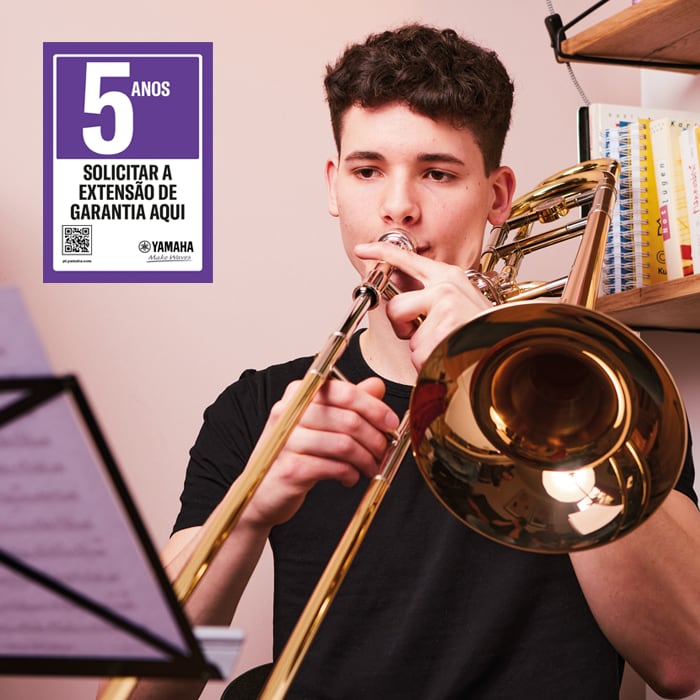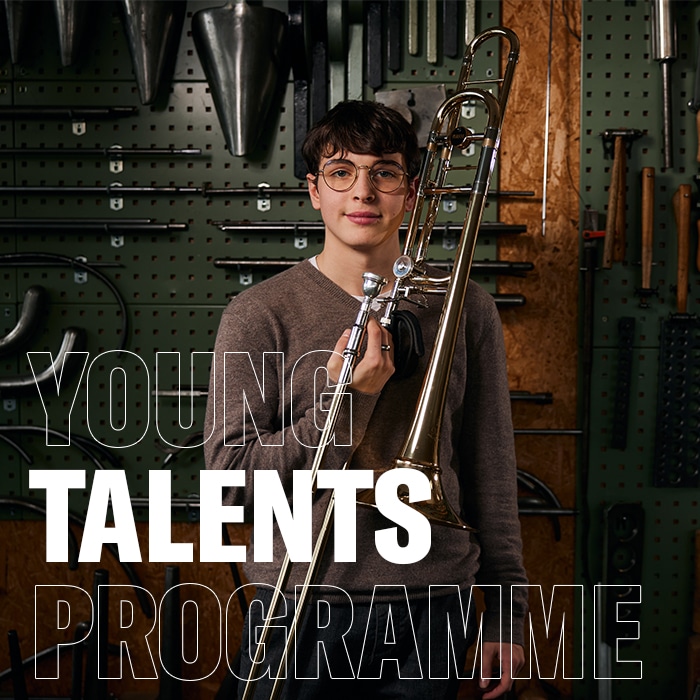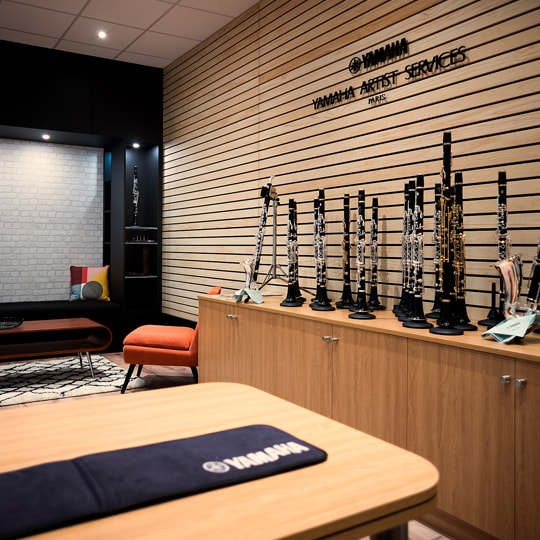Custom Xeno Artist Model "New York" C Trumpets.
A new Xeno Artist Model "New York Series" with a redesigned bell, YM bell, has been released to provide clear and well-defined tone that are truly meaningful to many leading players.
* As especificações podem ser alteradas sem aviso prévio. As cores e acabamentos apresentados podem diferir dos produtos reais.








